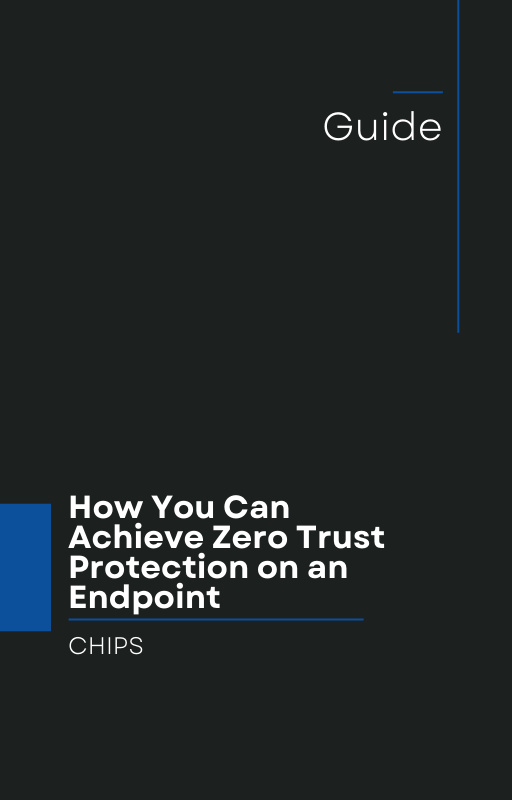In February 2025, Check Point Research identified an alarming new NTLM relay vulnerability actively exploited in the wild — CVE-2025-24054.
This zero-day exploit impacts Microsoft Windows and targets the NTLM (New Technology LAN Manager) authentication protocol, allowing attackers to impersonate users and gain unauthorized access to sensitive systems and data.
The implications for businesses are profound. This exploit not only enables attackers to bypass traditional authentication checks but also makes lateral movement within a compromised network significantly easier. For businesses still relying on reactive security strategies like "Detect and Respond," this should be a wake-up call. In the face of zero-day threats, response-based approaches often come too late.
What Makes CVE-2025-24054 So Dangerous?
According to the Check Point report, the exploit leverages a flaw in the way NTLM authentication processes remote desktop protocol (RDP) and SMB requests. By chaining this vulnerability with an attacker-controlled relay server, threat actors can capture and replay NTLM credentials, gaining unauthorized access to internal resources.
The attack is silent, swift, and difficult to detect in real time. In fact, this NTLM exploit highlights the very failure point of today's dominant approach to cybersecurity: Detect and Respond. Detection tools may spot the anomaly after credentials are used and access is gained—but by then, the damage is often done.
A Better Approach: Isolation and Containment
This type of exploit demonstrates the urgent need to shift to a proactive cybersecurity posture—one based on Isolation and Containment, not detection after the fact.
AppGuard is built on this exact principle. Unlike traditional antivirus or EDR systems, AppGuard prevents malicious processes from launching or spreading, regardless of whether the threat is known or unknown. By isolating risky processes and containing abnormal behavior before it impacts your systems, AppGuard renders exploits like CVE-2025-24054 inert.
If an attacker can't execute malicious code or laterally move through a system, their window of opportunity slams shut before it even opens.
Why AppGuard Is Different—and Better
AppGuard has over a decade of proven success protecting mission-critical systems in the U.S. government and now brings that same military-grade technology to the commercial sector.
Key benefits include:
-
Zero-day protection: Stops malware and exploits even if they’ve never been seen before.
-
No signature updates required: AppGuard doesn't rely on threat intelligence feeds or manual patching cycles.
-
Minimal performance impact: Lightweight agent ensures system performance is not degraded.
-
Real-world proven: Used in classified environments where failure isn’t an option.
NTLM Exploits Are Just the Tip of the Iceberg
CVE-2025-24054 is not the first—and certainly won’t be the last—zero-day exploit targeting authentication protocols and critical system components. As adversaries grow more sophisticated, the tools and tactics used in the wild will only become more difficult to detect and neutralize.
That's why it’s time to move from reactive to proactive. From "Detect and Respond" to "Isolation and Containment."
Final Thoughts
Business leaders must take the threat landscape seriously. Attacks like CVE-2025-24054 aren’t just theoretical—they’re happening now, and they’re targeting systems that every business relies on. Traditional tools can’t keep up.
AppGuard can.
Don’t wait until your business becomes the next victim. Talk with us at CHIPS today about how AppGuard can prevent threats like CVE-2025-24054 from ever gaining a foothold.
Make the move to Isolation and Containment—because by the time you detect a breach, it’s already too late.
Like this article? Please share it with others!

May 15, 2025

Comments